The basic rule is that you cant have a radiator thats too big.
But running Methanol will basically turn an air cooled motor into an efficient an engine, as a normal watercooled.
This basically means that the aircooled wont go off due to thermal overload like it will do naturally on petrol.
But running a watercooled on meth means it will be hard initially to get any temp into the water, so my advise is to use a small rad but plumb it with a bypass
thermostat.
This will naturally reduce the water cooling effect early in the passes, but when the temp starts to rise it will then use the water to do its job.
Ive got a thing thats unique and new.To prove it I'll have the last laugh on you.Cause instead of one head I got two.And you know two heads are better than one.





 Reply With Quote
Reply With Quote





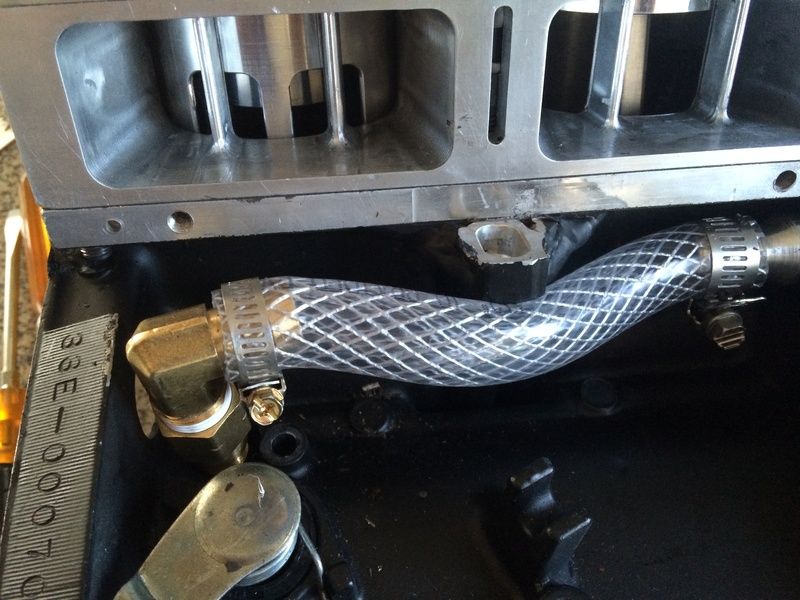
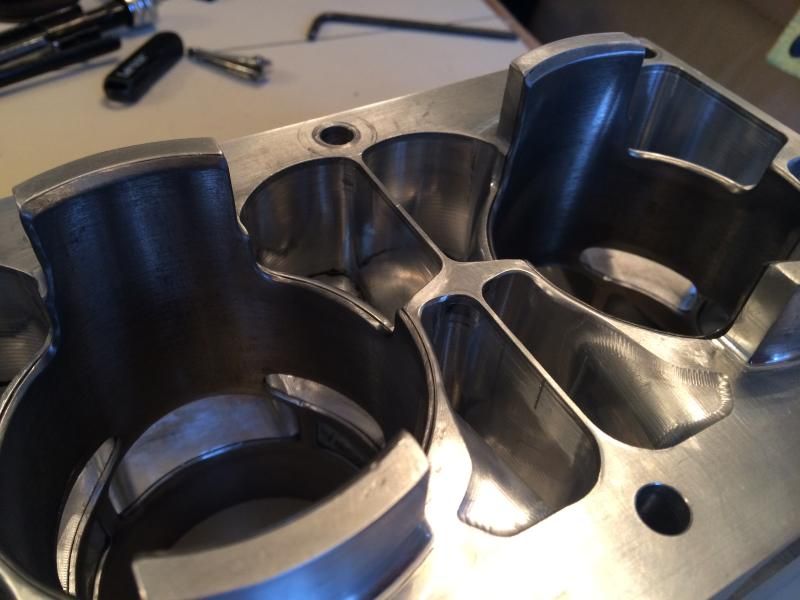
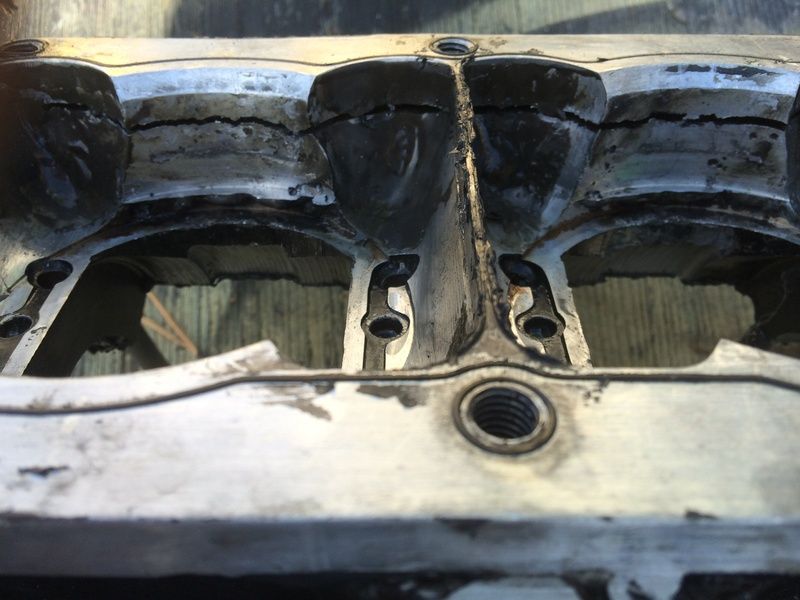
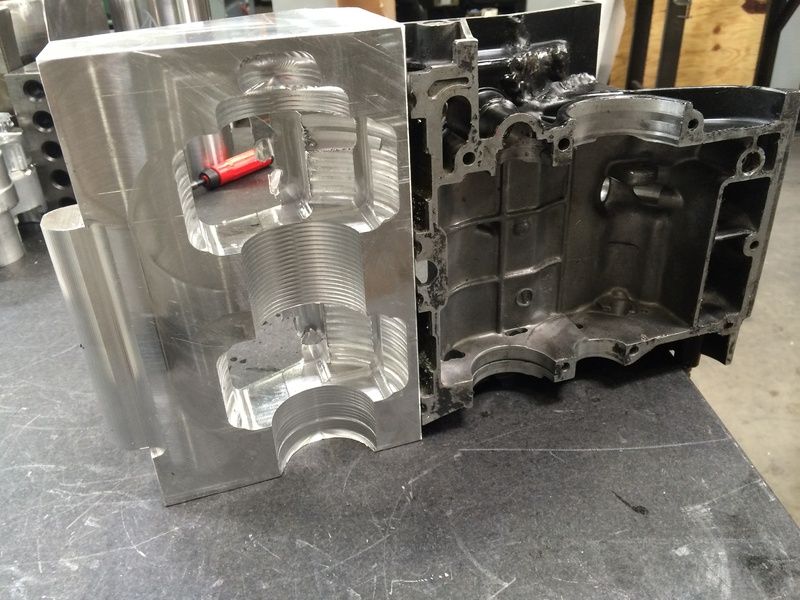
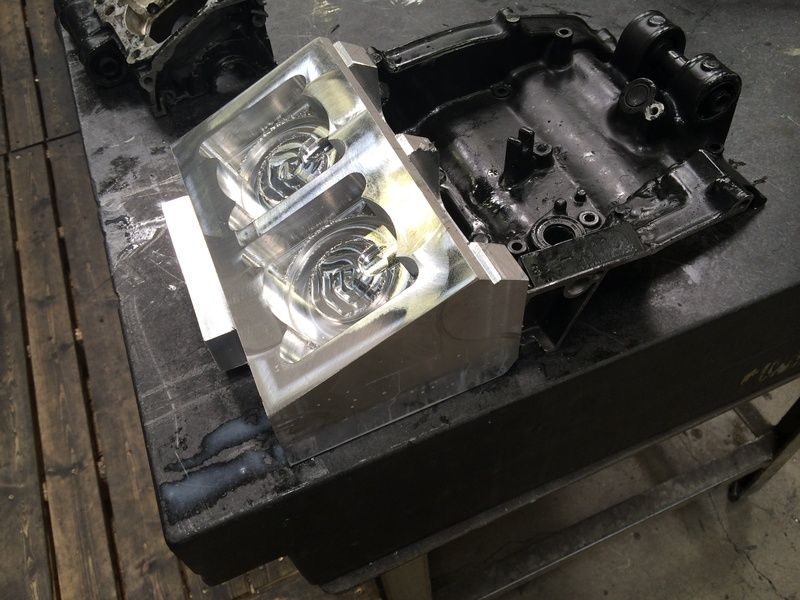

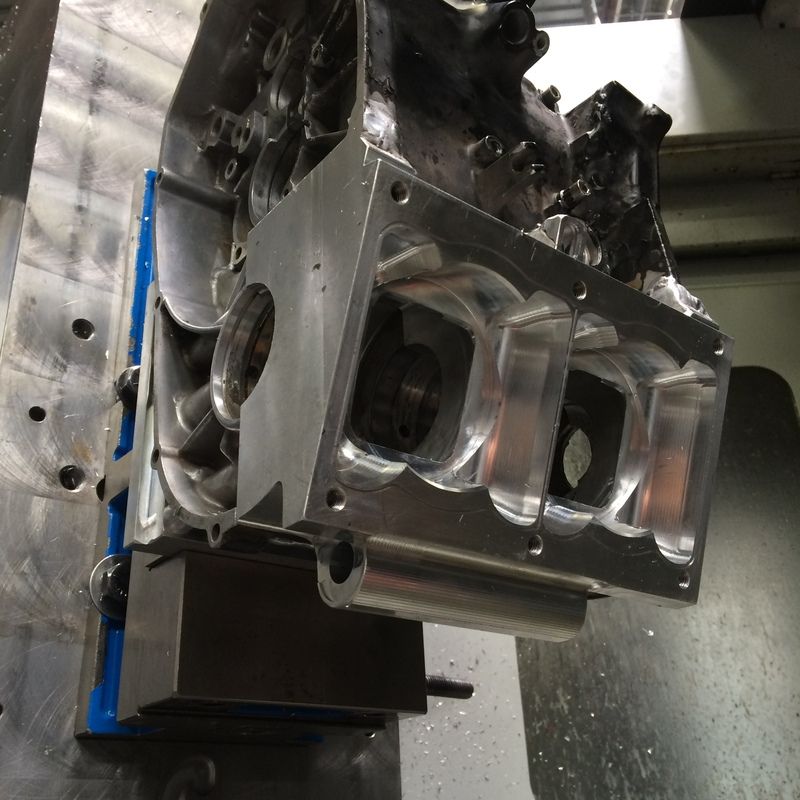

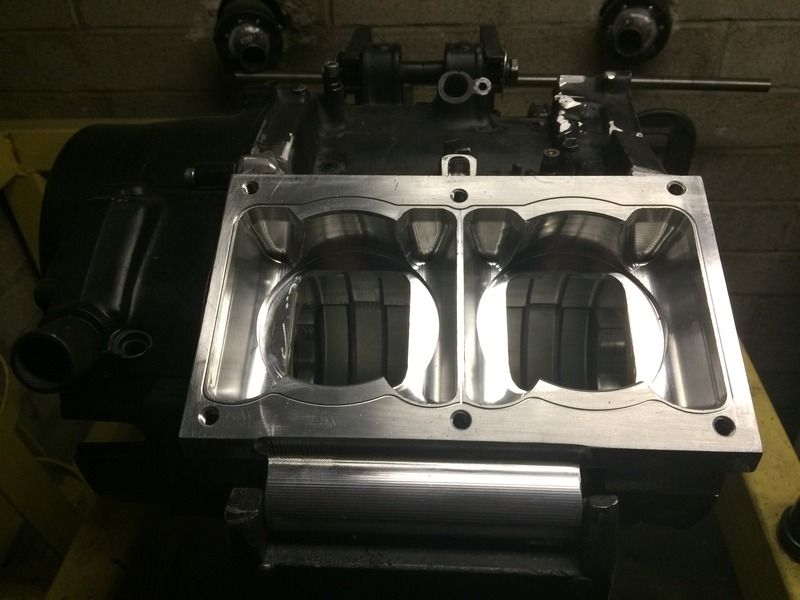
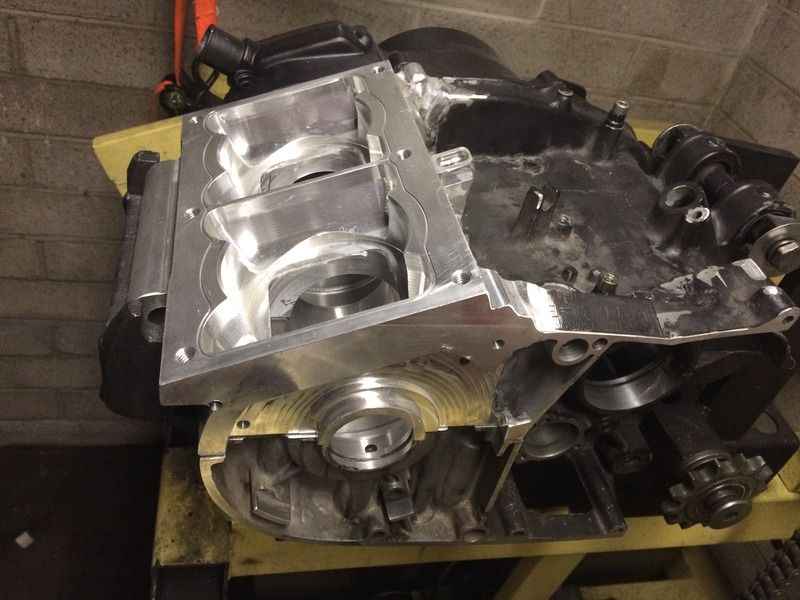




Bookmarks